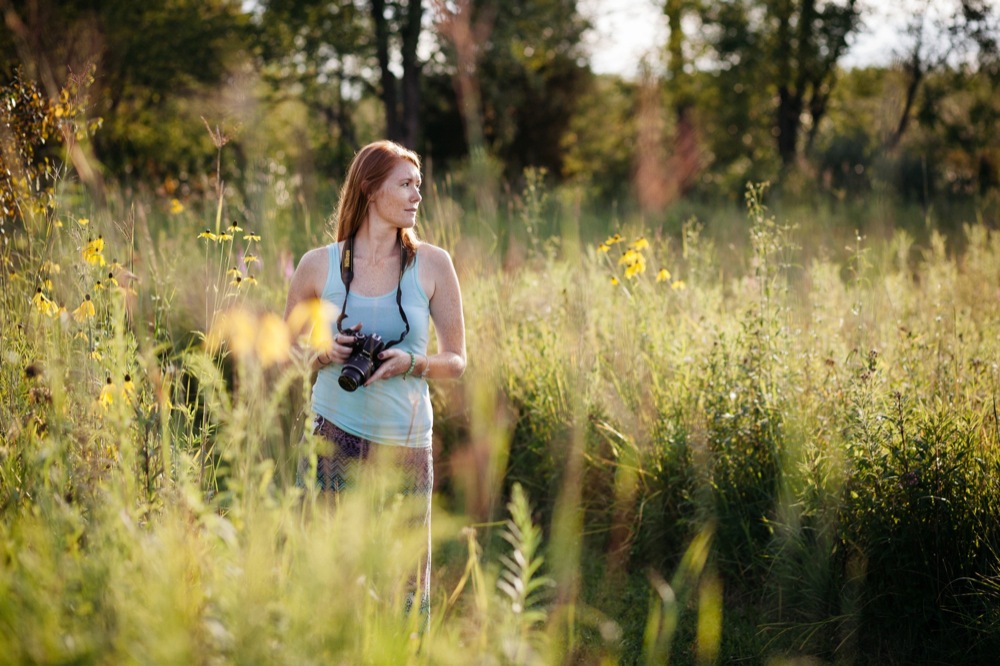Photographer Interview: Steve Gray
Steve Gray comes from a world a way, and captures his landscape and surroundings in a lovely way. I first learned about Steve through his Borderland project, but I’m recently digging his Postcards from Cambridge, MA series.
Where are you and what do you do?
I am based in the county of Herefordshire in the west of England, close to the border with Wales. It is a region of rolling farmland, wooded hills and (close to the border) dramatic upland moor. I am very fond of this landscape and it features a lot in my photography. My initial interest photographically was in taking what I guess you could call a traditional approach, working slowly with a tripod, using filters and trying to be out in dramatic light and the start and end of the day. I soon realised thought that this wasn’t really for me and latterly I have pursued a more contemporary, documentary approach to my work (always handheld these days!) – whether shooting in an urban or rural environment.
How did you get started in photography?
My interest led me to enroll in a beginners black and white darkroom evening class back in 2003. I knew next to nothing about photographic technique and so it was a pretty steep learning curve. Very quickly, however, I knew that I was hooked and photography has been a huge part of my life ever since.
What do you like about your photography?
It has taken many years of experimentation and many failed images and projects for me to feel comfortable with my own work, but I’m happy to say I now do. I think it is really important to develop an approach and style that works for you, produce images that make you happy and not worry if others like them too. That said, I do really enjoy sharing my work and hope that some of my images create a positive reaction. If pushed, I guess I would say I like the freedom in my approach to image-making – I work quite spontaneously with little planning. I’m also very partial to photograph patterns, shadows and shapes I find interesting. Lastly, it really appeals to me to have such a personal means by which to share how I see the world around me.
I like that your work explores different locations. Where do you get inspiration for your style/ideas?
My local landscape is definitely a source of inspiration. I believe the best approach is to photography what’s around you, what you know or where you happen to be, and try to find ways to make interesting pictures. This is in contrast to the trend to travel to well-known and much-photographed beauty spots. I’m not criticising that approach, I’ve simply come to realise it’s not for me and doesn’t produce results I feel happy with.
You’re “Yashica Steve” on Instagram – using film to express your vision. What kinds of themes do you explore with your work? How does film help you accomplish that?
I set up my Instagram account as @yashicasteve to share new film work when I started working with film again last year. I have really loved photographing this way over the last few months, using a Yashica T4 35mm compact camera loaded with AgfaVista 200. I’m don’t support the notion that film is better than digital (or vice versa), it’s just that I find the feel of the pictures, the atmosphere, really pleasing and it seems to suit my preferred subject matter. I am increasingly enjoying walking around urban environments with no planned route or expectations and simply photographing things I encounter that interest me. I also love the deferred gratification of seeing the images after getting the film developed – digital has made everything so instantaneous this is a real pleasure!
Any upcoming projects or shoots you’re working on?
My focus over recent months has been on a project called Borderland: where England meets Wales, documenting the often forgotten rural hinterland I call home on the border between the two countries. The landscape there is changing in many ways as (very slowly!) this rural landscape modernises and traditional ways of life decline. I think it makes for a fascinating and timely subject and I’m hoping others agree! I have managed all aspects of putting the book together and promoting it myself and am delighted to have sold most of the limited edition of 100 copies. There are some still available, however, and the whole series can be viewed and orders placed on my website.
Follow Steve on Instagram and Twitter, or check out his website for more work.













































